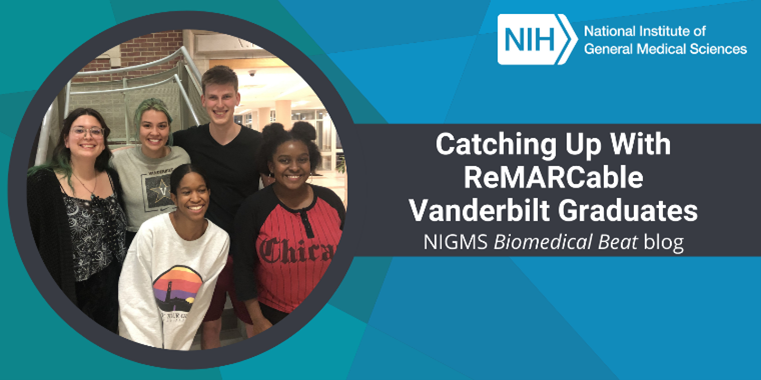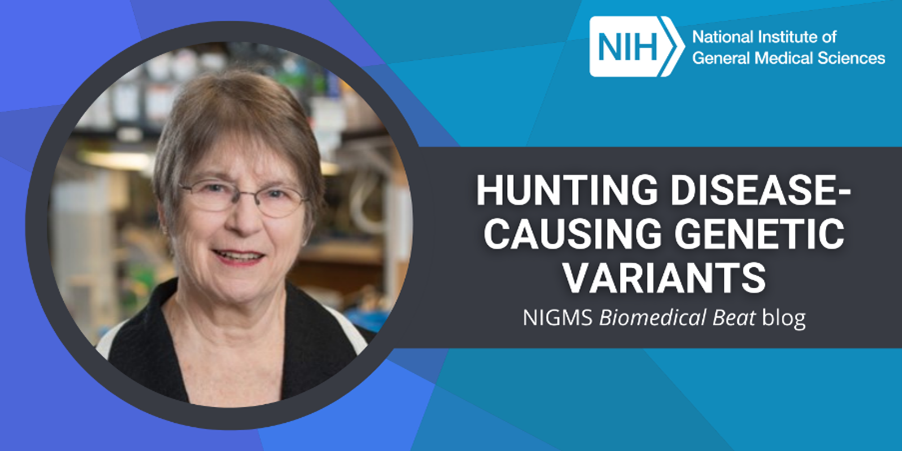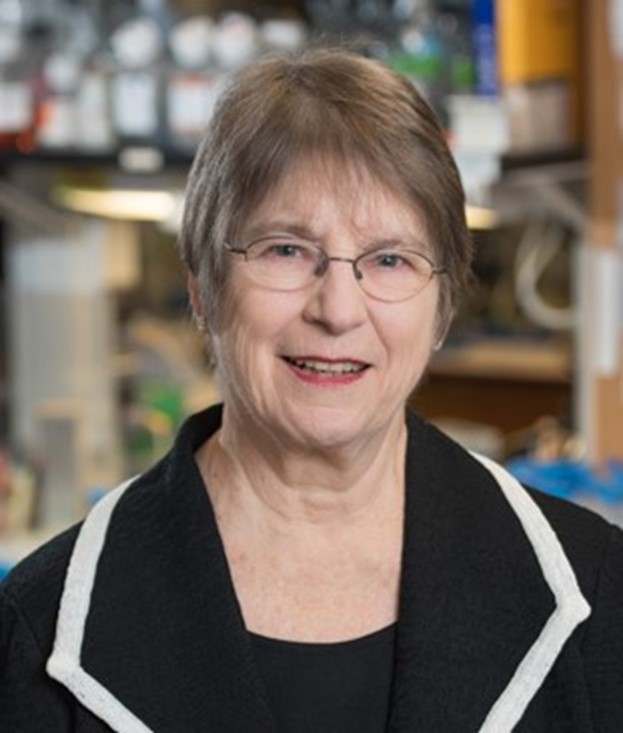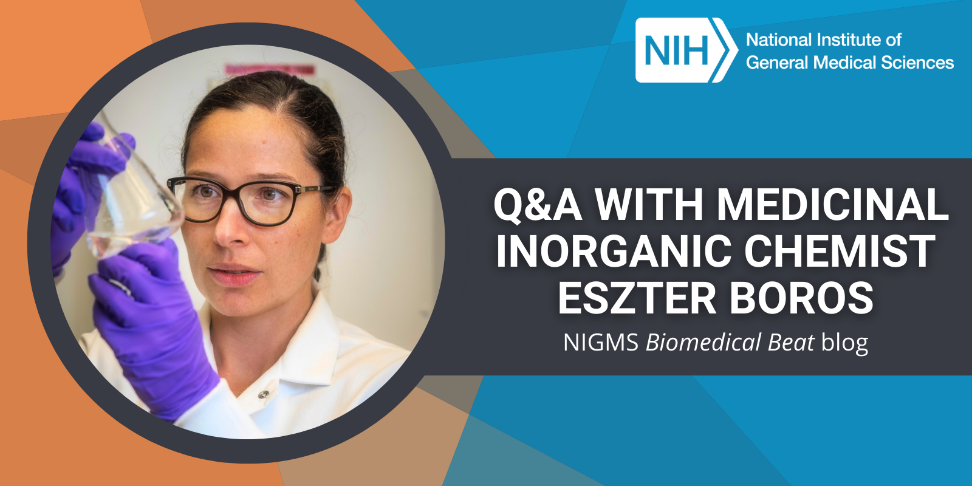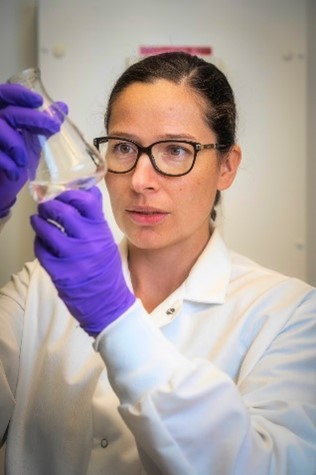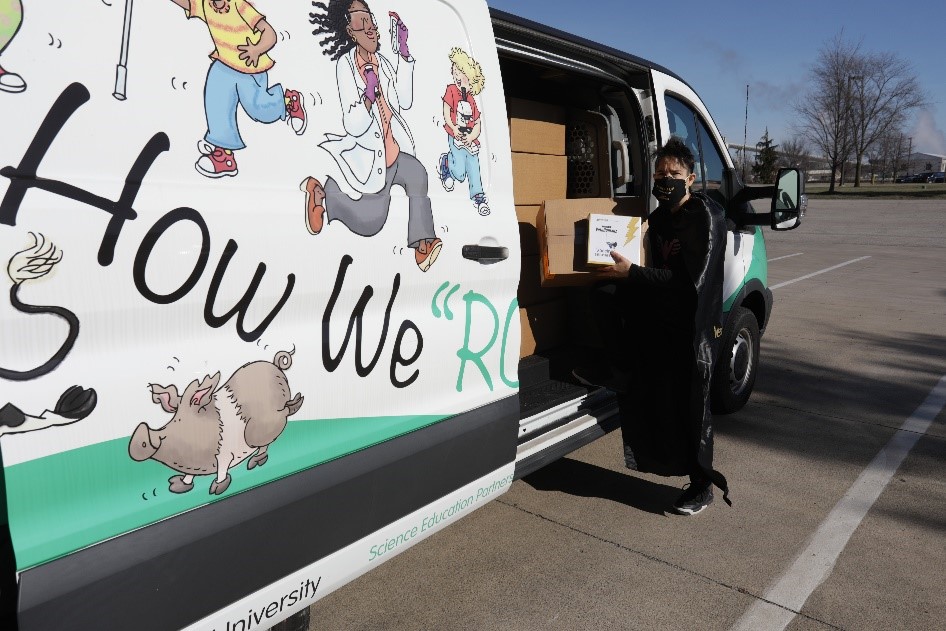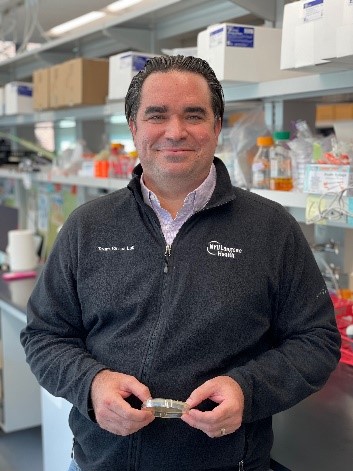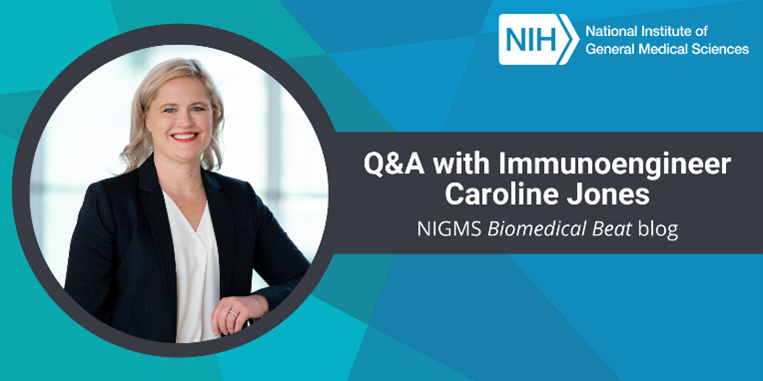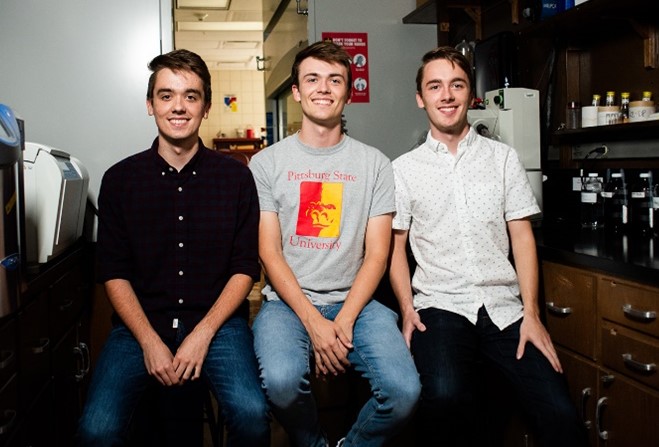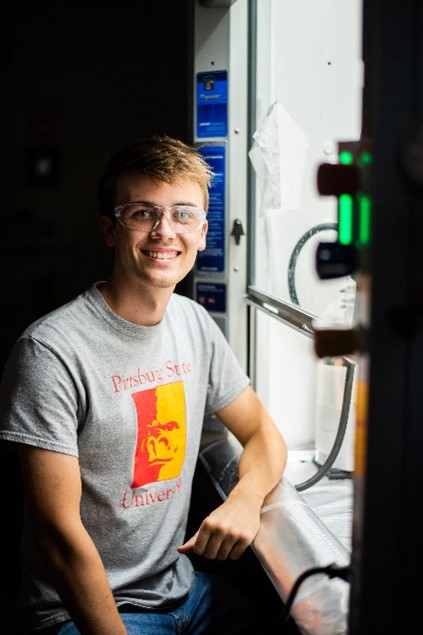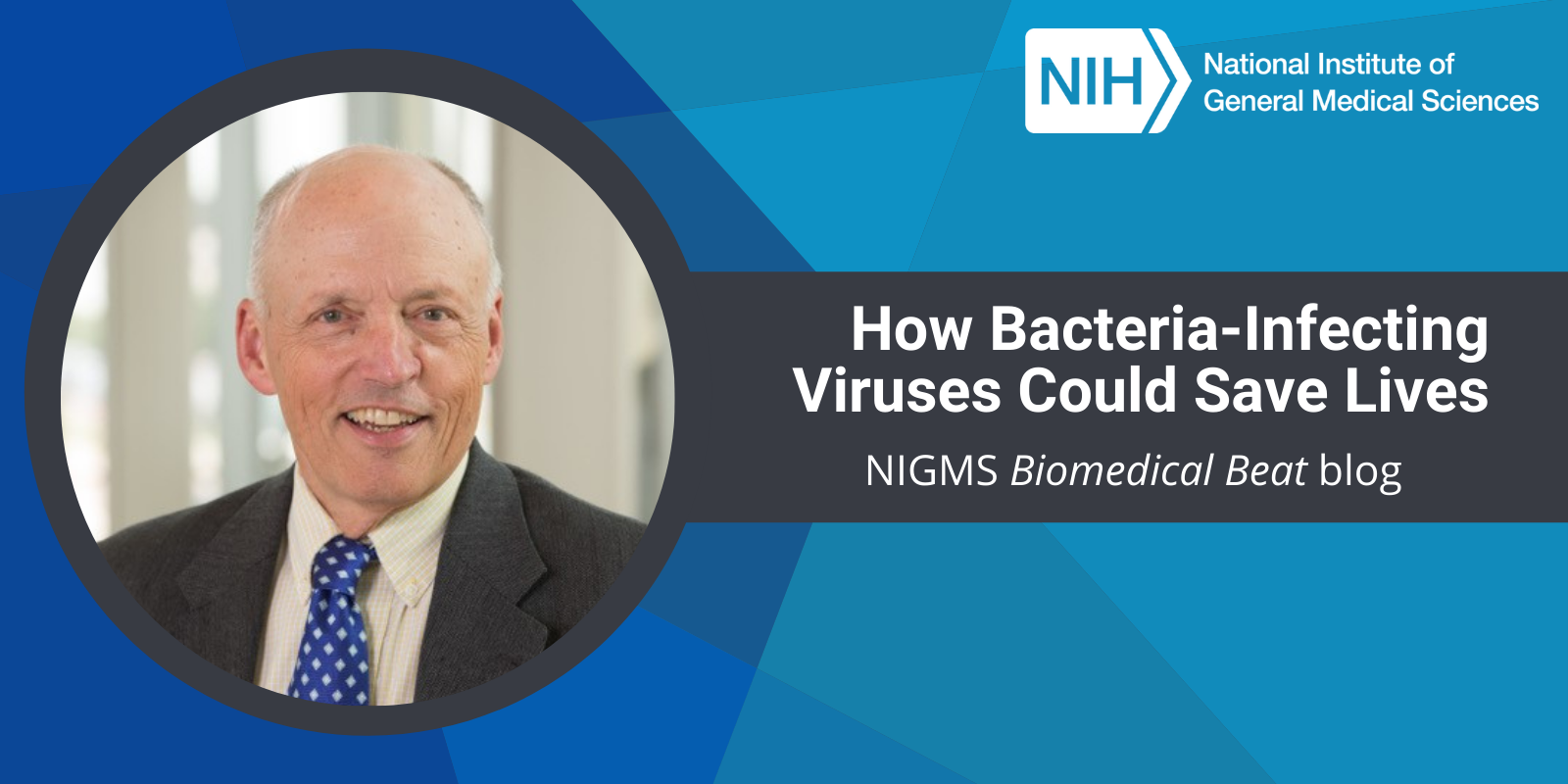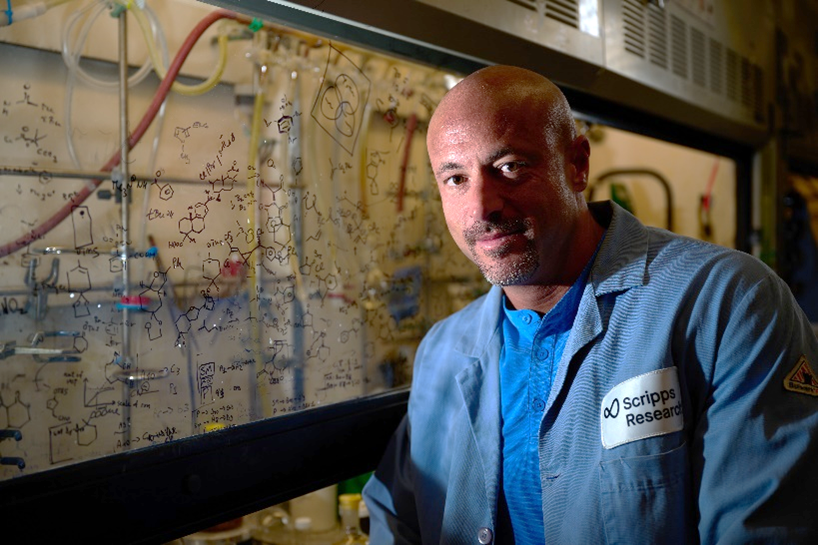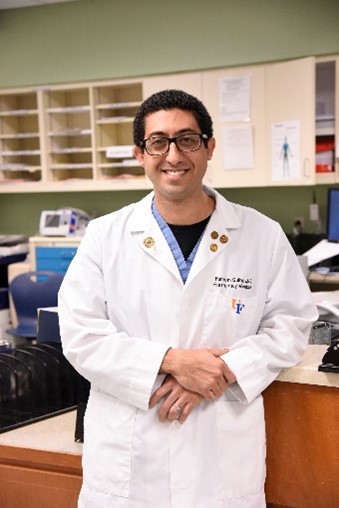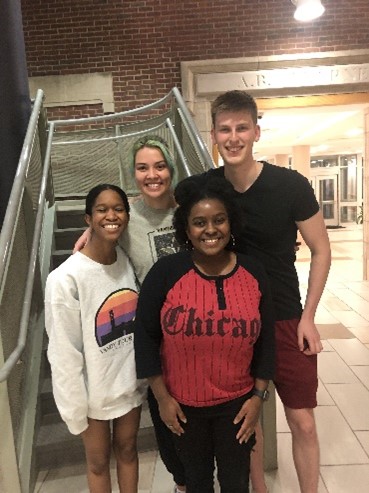
In 2021, we shared the perspectives of third-year undergraduates who had recently joined the first cohort of the Maximizing Access to Research Careers (MARC) program at Vanderbilt University in Nashville, Tennessee. Vanderbilt’s MARC program provides mentorship and professional development opportunities to third- and fourth-year undergraduates who plan to pursue advanced degrees and are from groups that are underrepresented in the biomedical sciences. In spring 2022, as the cohort prepared for graduation, we followed up on their progress and postgraduation plans.
“I feel really pleased with how well our students have done despite entering the program in the midst of the COVID-19 pandemic,” says Katherine Friedman, Ph.D., an associate professor of biological sciences at Vanderbilt and a co-director of its MARC program. Four of the six first-cohort students are entering doctoral programs in fall 2022, and the other two have made preparations to pursue higher degrees at a later date.
Continue reading “Catching Up With ReMARCable Vanderbilt Graduates”

